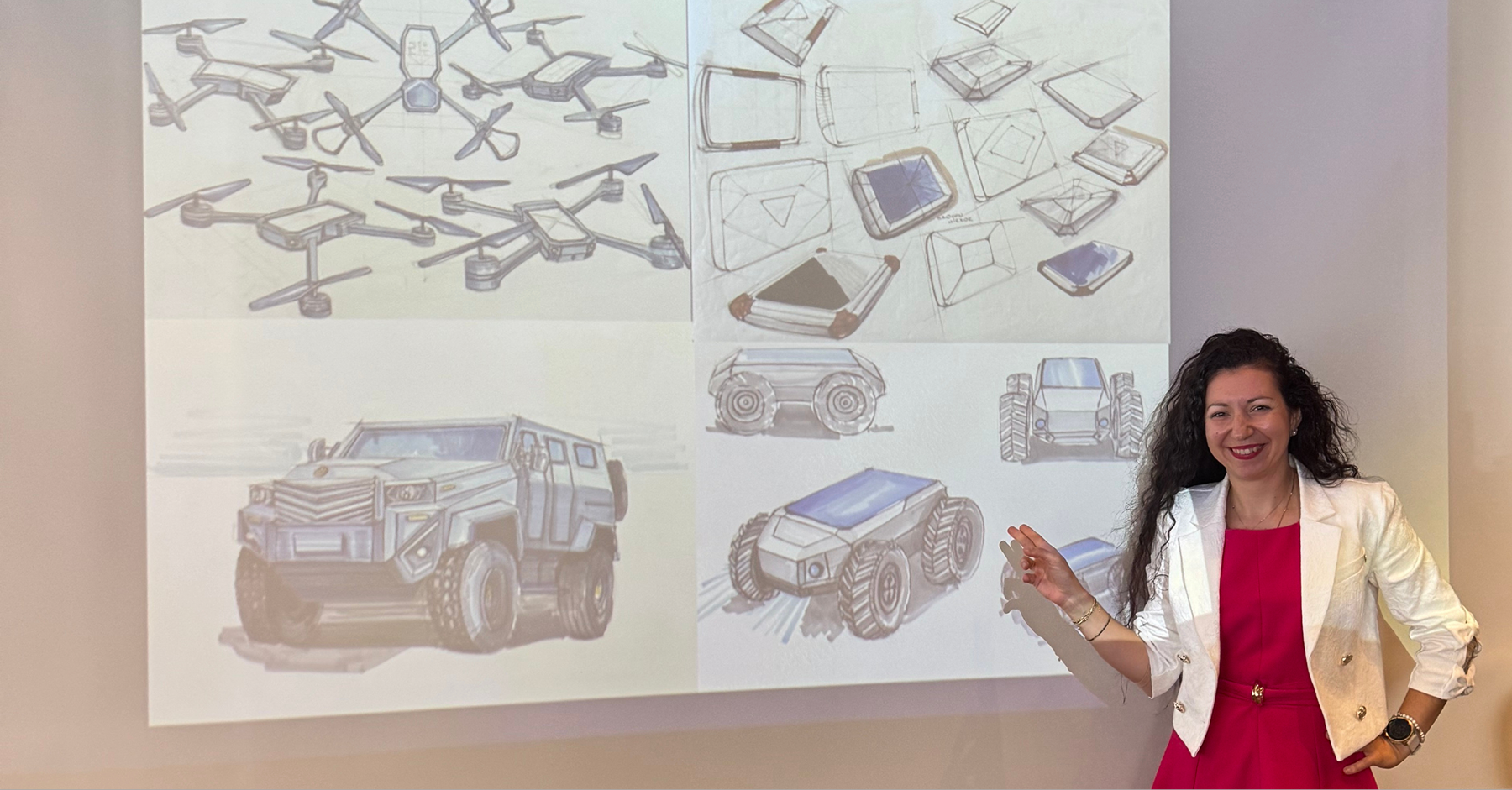Futuretech
Real Estate
MedTech
Security & Insurance
The Playbook of Accessible Design for Business Owners


Digital transformation isn’t a tool. It’s a mindset shift.
But somewhere along the way, it got watered down - reduced to a tech upgrade or a flashy app launch. Companies pile on new tools, switch to agile, or migrate to the cloud, then wonder why nothing really improves.
Here’s the truth: Software doesn’t transform your business. Strategy does.
It’s not a new CRM. It’s not launching a mobile app. It’s rethinking how your business creates value in a digital world.
And it starts where too few companies look: User experience.
Too many teams chase outputs: more features, faster sprints, bigger launches. But speed without strategy leads to:
The result? Burnout. Misalignment. Frustrated users. All noise, no progress.
True transformation isn’t a sprint but a systems change. It requires UX leadership.
Start small by focusing on real users and building around their experience. Take time to observe how people actually interact with your product. This will help you identify pain points that may not be obvious from the inside. From there, prioritize improvements that have the greatest impact on the user experience - things like task success, onboarding flow, and user retention.
A UX-led transformation enables teams to uncover real problems, align across product, design, and engineering, and ultimately deliver clarity over clutter.
By 2003, LEGO was losing money - fast. Sales were down, operations bloated, and their early digital efforts fell flat.
Instead of rushing new features, LEGO paused and watched. They observed how kids actually played - not just with LEGO bricks, but across screens and physical worlds.
What they discovered changed everything. Kids didn’t distinguish between physical and digital play - it was all part of one experience. Co-creation became essential, as children wanted to build, share, and play on their own terms. Going digital didn’t mean leaving behind the brand’s roots, it meant expanding them in meaningful ways.
The result was a UX-led pivot. Platforms like LEGO Life and LEGO Ideas emerged, alongside mobile apps and games that reflected how kids naturally play. The brand was rebuilt through connection, not just code.
LEGO didn’t just digitize their brand. They reimagined what LEGO meant to their users.
That’s digital transformation done right.
1. Start with the problem. Not “we need a redesign.” Say: “users can’t complete this task” or “our NPS is dropping.”
2. Audit your experience. Watch how real users interact. Understand where they struggle.
3. Align your team. This isn’t just a design problem. It’s a business-wide shift.
4. Focus on outcomes. Stop measuring success by features shipped. Start tracking user impact: task completion, retention, time to value.
5. Build iteratively. No big relaunch. Test small changes. Learn. Repeat.
6. Choose a partner who coaches. The right digital transformation consulting firm won’t hand you a deck - they’ll teach your team to think and build differently.
Want to know more about the UX / UI trends in 2025? Download our trends report here.
Because user experience is business experience.
It drives retention, loyalty, and team alignment. It turns vision into outcomes.
At Fram Creative, we help teams:
It’s not just about better design. It’s about better decisions.
In The Karate Kid, Daniel didn’t learn by fighting. He learned by building habits - slowly, deliberately. Wax on. Paint the fence.
Digital transformation is no different.
You don’t get there by rushing. You get there by learning to see, think, and deliver differently.
Start small. Stay focused. Build momentum. And don’t just chase transformation - earn it.
Need a strategic partner to rethink and rebuild? We’d love to help. Get in touch with us here.




Our friendly team would love to hear from you.
By submitting this form you agree with our Privacy Policy



